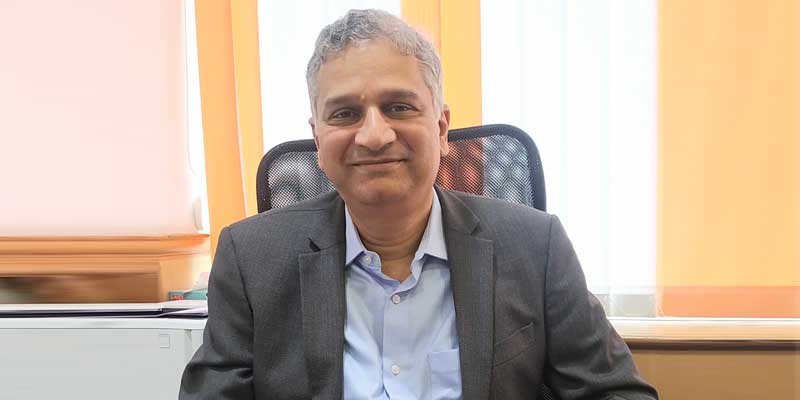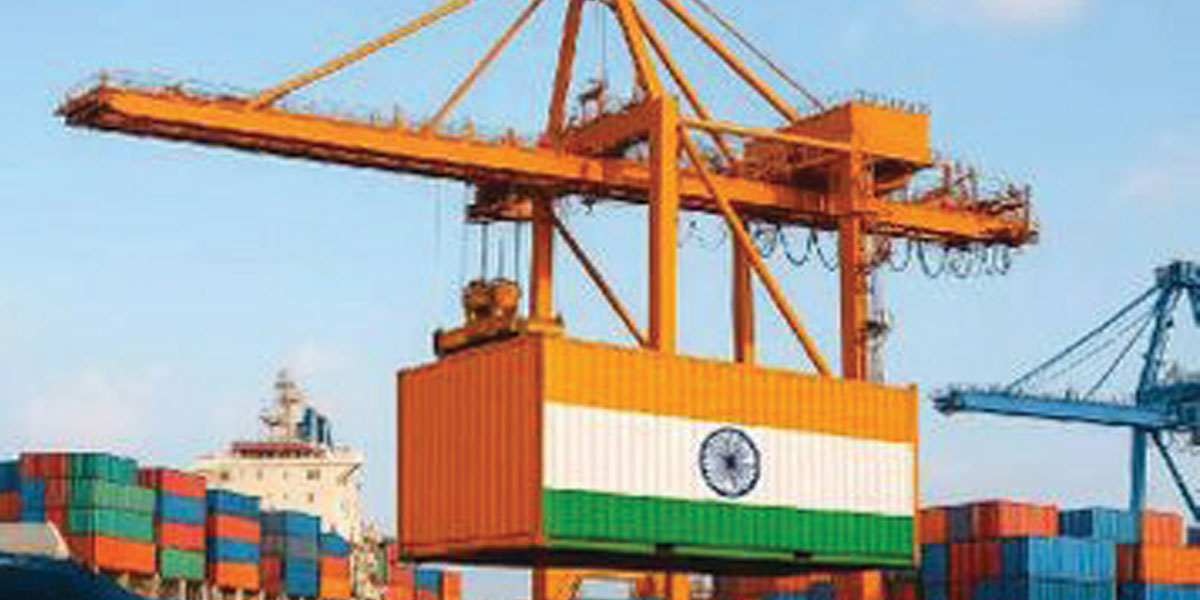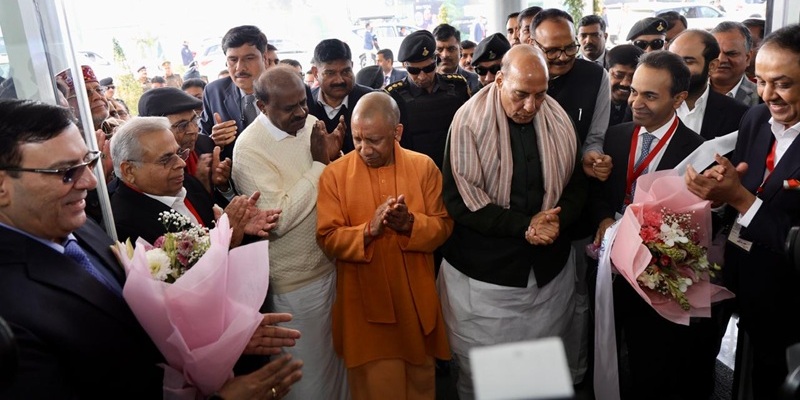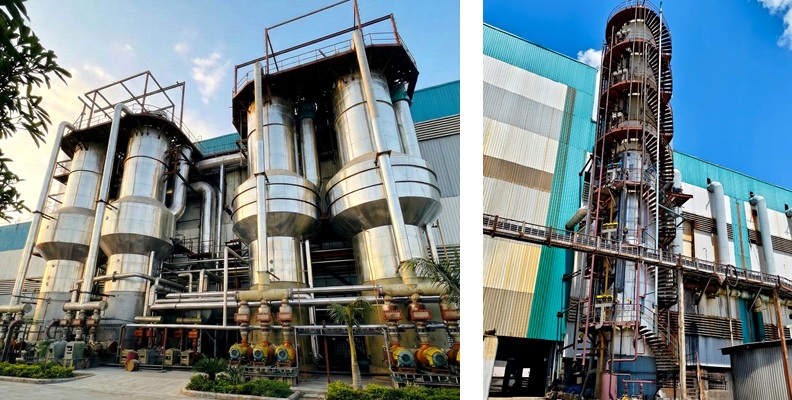Schedule a Call Back
Madan Sabnavis: The major problem for SMEs is their low credit worthiness
 Interviews
Interviews- May 29,24

While micro, small and medium enterprises (MSMEs) form a backbone of the economy, but they are not homogenous in terms of size, product/service, role played by them in the supply chains, etc. Medium size firms have definitely improved their financials, improving their creditworthiness to a significant extent. The same may not hold for the micro or small units, says Madan Sabnavis, Chief Economist, Bank of Baroda. In this interaction with Pratap Padode, Editor-in-Chief, Smart Manufacturing & Enterprises (SME), Sabnavis discusses the status of the private investment cycle, key pain points of SMEs, and some probable solutions.
Have you seen signs of revival of the private investment cycle? Where do SMEs stand in this revival cycle?
The investment cycle is quite dualistic. It has been observed that industries which are infrastructure oriented tend to move up the scale when it comes to investment. Typically, industries which get linked with the government push on capex, have been at the forefront. The government has been focussing a lot on roads, railways and urban development. Hence, industries like steel, cement and engineering (to an extent) have benefited. However, the same picture does not emerge when one looks at the consumer oriented industries where demand is tepid mainly due to higher inflation and low increase in income partly due to slower job creation. The investment cycle here still has to take off, as there is excess capacity in several units.
As far as SMEs are concerned, the investment cycle follows the same pattern, as most of them are ancillary to large business and their output is consumed by them. Hence, spare parts, tools, auto ancillaries etc. have tended to benefit when there is a boom in the front end.
Are SME balance sheets of SMEs in better shape today than 2 years back? Has their creditworthiness increased now?
It would be hard to make a general statement as the MSMEs are not homogenous in terms of size, product/service, ownership, part of supply chains etc. Among medium size firms, there definitely has been an improvement in their financials, which is reflected in their market valuations too. Hence, their creditworthiness has improved to a significant extent. The same may not hold for the micro or small units. Going back to the earlier question on issue of investment cycle recovery it can be said that industries where the front end connections have worked well would be in a much better shape. The smaller ones in the services sector would still be facing challenges.
Inspite of the government announcing several schemes like “Mudra Yojana”, “Credit Guarantee Trust Fund for Micro & Small Enterprises”, “Fund of Funds”, etc, why do SMEs always face problems in raising finance?
The major problem is that credit worthiness is low. This stems from the fact that they do not have economic size to operate and often their models are not scalable. Further, they are slow in becoming professional and their accounts are not fully in order to convince the lenders. SMEs which have transcended these challenges have no problems in getting finance or even taking the benefits from the government. While credit availability is still there, the cost tends to be high. Fintechs are offering smaller loans to these enterprises, though the interest costs tend to be very high to cover for risk.
What are key pain points for SMEs when it comes to access to finance? What are some probable solutions?
Main point is having a strong balance sheet. This means that there need to be audited accounts and their business should be making enough money to service debt. This is the starting point because when the debt service capability is low, it becomes hard to get loans at reasonable rates. They do need to reinvent themselves on this score if they are to borrow money and scale up or else they would remain in a similar state for the next decade or so.
We need to have a credit rating system for these enterprises and agencies like CARE, CRISIL etc. can play a role here. If lending rates are linked to the rating, then there will necessarily be a case of SMEs to get their houses and accounts in order to ensure that they can be rated so that they can borrow on better terms. The information asymmetry has come in the way of this access. We have also seen that with the SME IPO platform coming in, all those which want to access the market, have gotten their books in order. Hence this can be done on the bank credit side too.
After automation and digitalization has become a must for survival, what are the best options for SMEs to raise the finance for modernisation?
Digitization is an enabler and in today’s world necessary to adopt to ensure efficiency. With the rise of the fintech platforms, there are new channels for borrowing which need to be explored by them. P2P platforms have come up which help to provide funds to start-ups, which would be in the SME realm to begin with. By adopting technology they will be able to not just scale up their business in terms of procurement and sales, but also have access to finance from these new sources of funding. The TREDS platform is a good example of how SMEs can use technology to seek funds. Factoring is a very important part of the financial eco-system for the SMEs as this helps them to keep going even while the payments come in with a lag.
How technology can revolutionise the SME leading eco-system market?
It has been seen that the entire start-up eco system has benefited from the use of technology and this should spread to the next tier of well-run professional SMEs. Several eProcurement platforms of the government (such as Government e-Marketplace or GeM) can be used by them for selling their products. Fintech platforms help to raise funds while TREDS helps in factoring. Hence with the spread of technology several loose ends have been tied.
How are private banks looking at the SME finance space? Do you see them playing a more aggressive role?
Yes, they would be looking at this space with attention. But in my view, it would mainly be the PSBs which will take on this role of empowering SMEs given that these are small tickets which may not make economic sense to the private banks. But PSBs perform a national duty when it comes to priority sector lending and hence would be the drivers in future.
MUDRA Yojana for all banks (public, private, foreign, state cooperative, regional rural and small finance) since the launch of the scheme on April 8, 2015, added up to ?460.5339 billion as on June 30, 2022. This is just 3.38 per cent of the total disbursements of ?13.640 trillion under the scheme during the period.
What would you surmise from this as an economist and as a banker?
Loans have to be linked with debt serviceability and hence the message is that borrowers have to be financially strong to get lenders to lend. This is so as lending is a commercial business and lenders are answerable to their stakeholders.
Related Stories

Govt Unveils Rs 72.95bn Export Credit Support Package
Interest subsidy and guarantees to boost MSME exports
Read more
Rewarding Manufacturing Resilience
Effective January 1, 2026, Mexico imposed import duties ranging from 5 per cent to 50 per cent on a broad set of goods from non-free trade agreement (FTA) countries, including India, China, South Ko..
Read more
EV shift, trade pressures threaten India’s auto components: Tushar Bhaskar
India’s auto component industry faces mounting risks as EV-led technology shifts, trade pressures, and critical material dependence threaten its global competitiveness.
Read more














